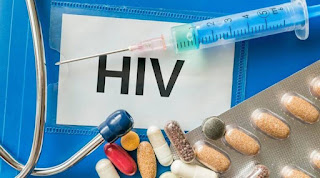Glyxambi (empagliflozin and linagliptin) Medicine - Uses, Precautions, Indications
What is Glyxambi?
What are the side
effects of Glyxambi?
Common side effects of Glyxambi include:
• urinary tract infection
• Common cold symptoms
• Upper respiratory tract infection
• Genital Yeast Infection
• Increased urination
• Joint pain
• Nausea
• runny or stuffy nose
• Diarrhea
• cough
• Elevated blood cholesterol or fat
• Diarrhea
Glyxambi Dosage
The recommended dose of Glyxambi is 10 mg empagliflozin/5 mg
linagliptin, taken once daily in the morning, with or without food. In patients
who tolerate Glyxambi, the dose may be increased to 25 mg empagliflozin/5 mg
linagliptin once daily.
Do drugs, substances,
or supplements interact with Glyxambi?
Glyxambi during
pregnancy and lactation
During pregnancy, Glyxambi should be taken only when
prescribed. Consult your doctor before breastfeeding.
Additional
Information
Our Glyxambi (empagliflozin and linagliptin) Side Effects
Drug Center provides a comprehensive view of available drug information on the
potential side effects when taking this medication.
This is not a complete list of side-effects and others may
occur. You can report side effects to the FDA at 1-800-FDA-1088.
Get emergency medical help if you have signs of an allergic
reaction: hives, itching, crusting, or peeling skin; trouble swallowing,
difficulty breathing; swelling of your face, lips, tongue, or throat.
Seek medical attention right away if you have symptoms of a
serious genital infection (penis or vagina): burning, itching, odor, discharge,
pain, tenderness, redness, or swelling of the genital or rectal area, fever,
not feeling well. . These symptoms can get worse quickly.
• light-headedness, as if you might faint;
• severe skin reaction -- itching, blistering, cracking of
the outer layer of the skin;
• pancreatitis - severe pain in your upper abdomen spreading
to your back, nausea and vomiting;
• Dehydration -- dizziness, confusion, feeling very thirsty,
decreased urination;
• symptoms of a bladder infection--pain or burning when
urinating, blood in your urine, pelvic or back pain; either
• signs of heart failure--shortness of breath (even when
lying down), swelling in your legs or feet, rapid weight gain.
Common side effects
may include:
• Bladder infections; either
• Cold symptoms such as runny or stuffy nose, sneezing, sore throat.




Comments
Post a Comment